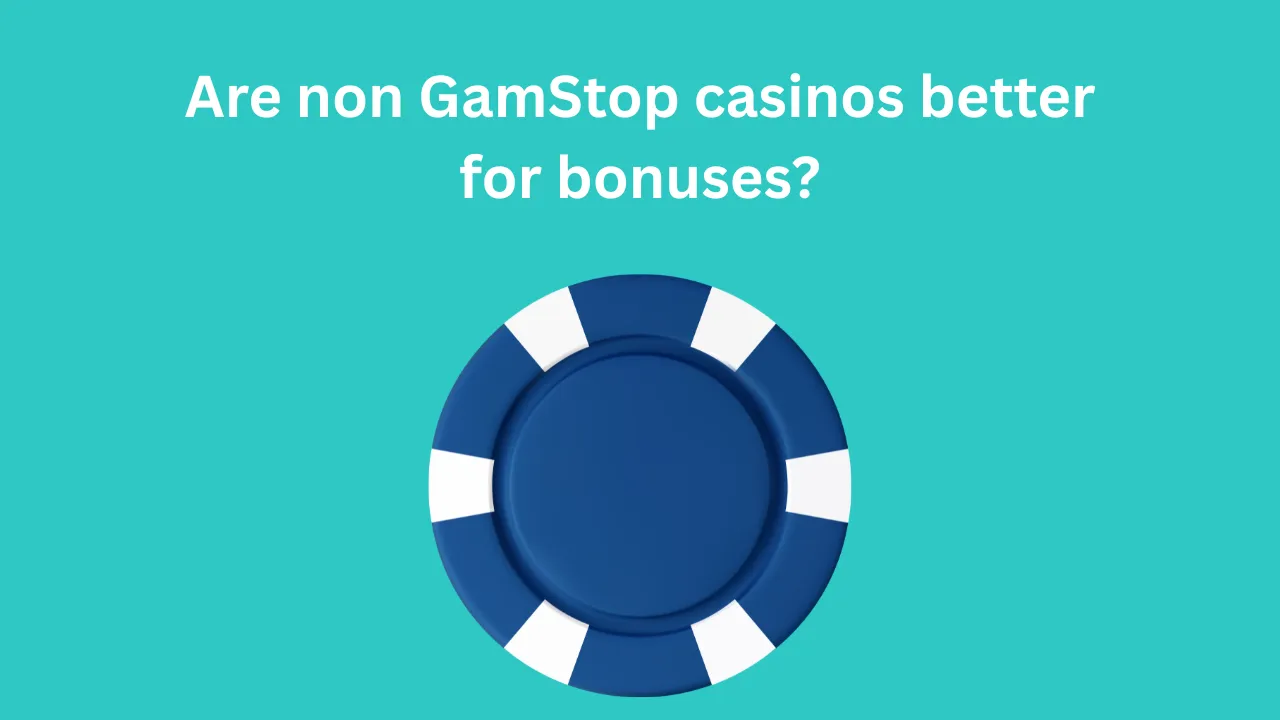Introduction
In the fast-evolving world of online gaming, understanding player behavior is critical for operators, especially in non Gamstop casinos. These platforms, which operate outside the UK’s Gamstop self-exclusion scheme, attract a diverse audience seeking flexible gaming experiences. One key metric for success in these casinos is slot session length—the amount of time a player spends actively engaged with a slot game. But can data-driven content, such as personalized promotions, tailored game recommendations, or dynamic in-game features, influence how long players stay engaged? This article explores the role of data-driven strategies in non Gamstop casinos, offering insights into how they can enhance session length while delivering value to players.
What Is Data-Driven Content?
Data-driven content refers to materials or features crafted using insights from user data, such as playing habits, preferences, and demographics. In the context of non Gamstop casinos, this could include:
Personalized Game Recommendations: Suggesting slots based on a player’s past activity or popular trends.
Targeted Promotions: Offering bonuses or free spins tailored to individual preferences.
Dynamic In-Game Features: Adjusting game mechanics, visuals, or rewards to suit player behavior.
Behavioral Nudges: Using notifications or pop-ups to encourage continued play at optimal moments.
By leveraging data analytics, operators can create experiences that resonate with players, fostering longer engagement. But how exactly does this translate to slot session length?
Why Slot Session Length Matters
Slot session length is a critical metric for non Gamstop casinos. Longer sessions often correlate with increased player satisfaction, higher retention rates, and greater revenue potential. However, extending session length must be balanced with responsible gaming practices to avoid encouraging harmful behavior. Data-driven content offers a way to achieve this balance by enhancing enjoyment without relying solely on financial incentives.
For players, longer sessions can mean more entertainment value, especially when the experience feels personalized and rewarding. For operators, understanding what drives session length can inform strategies to stand out in a competitive market.
How Data-Driven Content Influences Session Length
1. Personalization Enhances Engagement
Personalization is a cornerstone of data-driven content. By analyzing player data, non Gamstop casinos can recommend slots that align with individual preferences, such as themes, volatility, or bonus features. For example, a player who enjoys high-volatility slots with frequent bonus rounds might receive suggestions for games like Book of Dead or Starburst. This relevance increases the likelihood of prolonged play, as players are more likely to stay engaged with games they enjoy.
Studies show that personalized recommendations can increase engagement by up to 30%. In non Gamstop casinos, where players have access to thousands of slots, helping users quickly find games they love can significantly extend session times.
2. Targeted Promotions Keep Players Invested
Promotions are a powerful tool for extending slot sessions, but generic offers often fall flat. Data-driven promotions, such as free spins on a player’s favorite slot or a deposit bonus tailored to their spending habits, create a sense of value. For instance, a player who regularly plays low-stake slots might receive a low-wager bonus, encouraging them to continue spinning without feeling pressured to overspend.
By using data to time these offers—such as sending a bonus when a player’s session is waning—operators can nudge players to extend their play. This approach not only boosts session length but also builds loyalty by showing players that the casino understands their needs.
3. Dynamic In-Game Features Create Immersion
Modern slots often incorporate dynamic features, such as progressive jackpots, interactive bonus rounds, or adaptive difficulty levels. Data-driven content takes this further by adjusting these features based on player behavior. For example, a player who frequently triggers bonus rounds might see more frequent mini-games, keeping them immersed in the experience.
In non Gamstop casinos, where innovation is key to attracting players, dynamic features can make slots feel fresh and exciting. This sense of novelty encourages players to keep spinning, as they anticipate new rewards or challenges.
4. Behavioral Nudges Optimize Retention
Behavioral nudges, such as in-game notifications or progress trackers, can subtly encourage players to continue playing. For example, a pop-up saying, “You’re one spin away from unlocking a bonus!” can create a sense of urgency. Data analytics helps operators time these nudges effectively, ensuring they feel natural rather than intrusive.
While nudges must be used responsibly to avoid manipulation, they can enhance session length by keeping players engaged during critical moments, such as when they’re about to exit a game.
Challenges of Data-Driven Content
While data-driven content offers significant benefits, it’s not without challenges. Operators must navigate:
Privacy Concerns: Players may be wary of how their data is used. Transparent policies and compliance with regulations like GDPR are essential.
Over-Personalization: Too much tailoring can feel intrusive or limit discovery of new games.
Responsible Gaming: Extending session length must not come at the cost of encouraging excessive play. Tools like session timers and spending limits should be integrated.
By addressing these challenges, non Gamstop casinos can use data-driven content ethically and effectively.
Best Practices for Implementing Data-Driven Content
To maximize the impact of data-driven content on slot session length, operators should:
Invest in Robust Analytics Tools: Use platforms that track player behavior in real-time, such as session duration, game preferences, and spending patterns.
Segment Audiences: Group players based on demographics, playing habits, or preferences to deliver targeted content.
Test and Iterate: A/B test different strategies, such as varying promotion types or nudge timings, to identify what works best.
Prioritize User Experience: Ensure content feels seamless and non-intrusive, enhancing enjoyment rather than disrupting it.
Promote Responsible Gaming: Pair data-driven strategies with tools that empower players to manage their time and spending.
Case Studies: Data-Driven Success
While specific case studies from non Gamstop casinos are limited due to their independent nature, broader industry examples highlight the potential. For instance, a major online casino reported a 25% increase in session length after implementing personalized game recommendations. Another platform saw a 15% boost in retention by using data to time promotions effectively. These results suggest that similar strategies could yield significant benefits for non Gamstop casinos.
Conclusion
Data-driven content has the potential to transform slot session length in non Gamstop casinos by creating personalized, engaging, and rewarding experiences. From tailored game recommendations to dynamic in-game features, these strategies tap into player preferences to foster longer, more enjoyable sessions. However, success depends on ethical implementation, balancing engagement with responsible gaming practices. By leveraging data thoughtfully, operators can not only extend session times but also build lasting loyalty in a competitive market.
For players, this means a more tailored gaming experience that maximizes entertainment value. For non Gamstop casinos, it’s a pathway to standing out while delivering measurable results. As the industry continues to evolve, data-driven content will remain a key driver of engagement and growth.
Word Count: 1000





